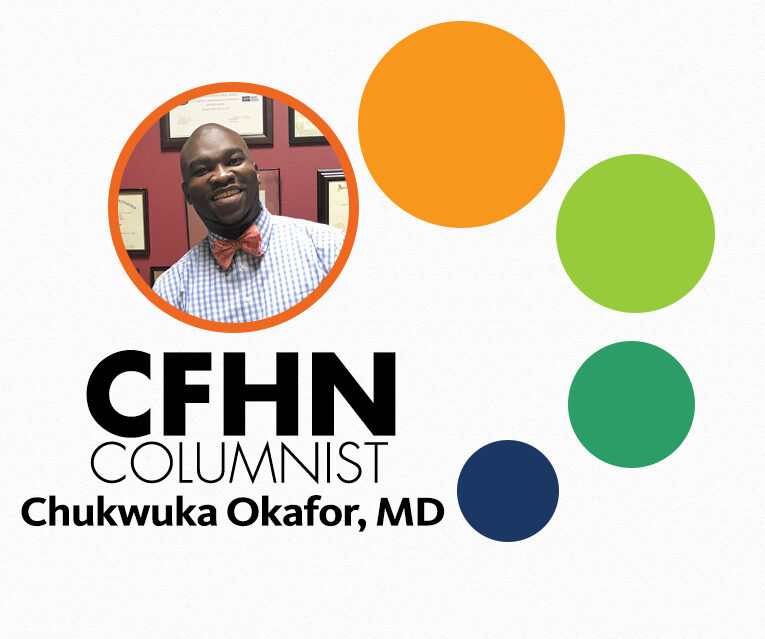By Chukwuka Okafor, MD, MBA, CIME, FAAOS
On Thursday October 26, 2017, the Department of Health and Human Services declared America’s Opioid Crisis a public health emergency. Drug overdose is the single most common cause of death for people under 50 years old in the United States, more so than gun fatalities and auto accidents; to name a few.
The United States represents just 5% of the world’s population, however we consume over 80% of the world’s supply of Oxycodone, and 30% of the world’s supply of all prescription opioids. Furthermore, studies have shown that this disproportionate opioid consumption, per capita in the United States, does NOT result in better pain control — when compared to other countries with less opioid consumption. Premature mortality, due to opioid overdose in the United States, was twice that of any other country studied. A recent study done in 2018 revealed that the U.S. leads developed nations, in drug overdose deaths.
From 2015-2016 alone, drug overdose deaths in the United States increased by 22%. In 2017, 70,237 Americans died from drug overdoses; of which, 49,068 were opioid related. That is more than 190 drug overdose deaths per day. America lost more lives to drug overdose in 2017, than all the lives lost during the 21-year Vietnam War.
Although there has been slight improvement in the rate of opioid related deaths, in 2018; still over 47,600 Americans died from opioid overdose. During that same year, 2 million Americans misused prescription opioids for the first time. This is very concerning given, prescription opioid misuse or overutilization has multiple significantly dangerous sequelae including: addiction, overdose, risk of transitioning to heroin, and death.
How did we get here? In the mid to late 1990’s, opioids were increasingly used as a means to treat pain. This class of medications includes drugs such as Codeine, Morphine, and Percocet. Approximately 25% of those prescribed an opioid drug, ended up misusing it. It is important to note, short-term use (sometimes as little as 5 days of use), can lead to opioid dependence and addiction. After opioid dependence sets in, if prescription opioids are no longer available, heroin and other illicit street drugs like the highly deadly synthetic Fentanyl are then illegally obtained. 80% of all heroin users first misused opioid medications.
Most causes of pain do not require opioids for treatment and are opioid non-responsive. For example, if you have a large boulder on your foot, taking opioids to help the pain is not the best treatment approach. Pain is something that can NEVER be successfully suppressed. Only the dead will not experience pain. What we do when we experience pain is critical in ensuring we do not turn a normal human response to injury and inflammation— into a long-lasting condition.
If you don’t currently take opioids, ask yourself if you want to develop a potentially life-long opioid dependence; which can be very expensive and does not lead to elimination of pain. While on opioids, your pain typically worsens over time. If you answered “no,” then ensure you avoid prescription opioid use; except when absolutely needed. In such times, take the least effective amount prescribed, for the shortest duration possible. If your doctor prescribes an opioid medication for you and instructs you to take 1 tablet every 8 to 12 hours as needed for severe pain; it does not mean you have to take a tablet every 8 or 12 hours. If your pain can be tolerated with other non-opioid medications, therapies, or techniques, then it is better to delay your next dose of opioid.
Dr. Okafor is an Orthopaedic Spine Surgeon at the Spine Institute of Central Florida
